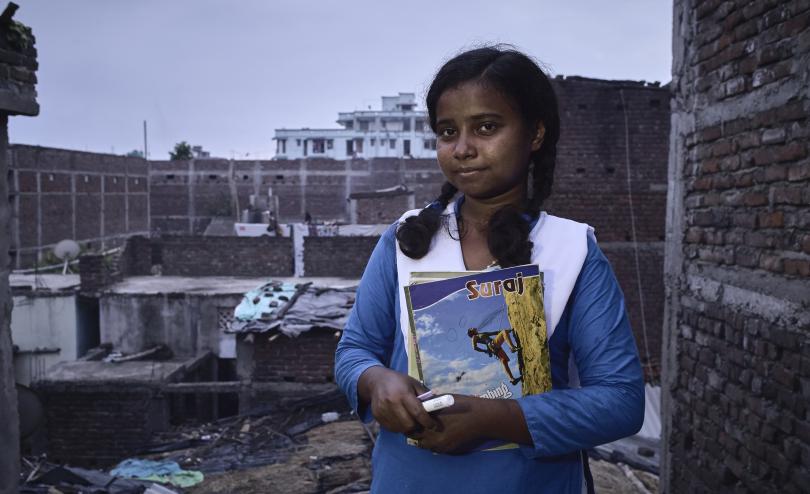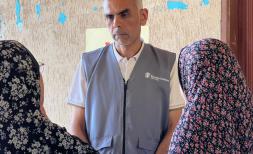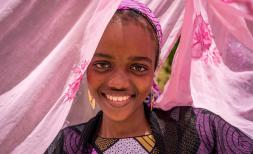International day of the Girl: let’s celebrate a girl who's rewriting the future

Education is a potential game-changer for gender equality. It can provide a critical foundation for girls’ empowerment, set them on a pathway to meaningful employment and economic independence, and help prepare them to make decisions to better their own lives and strengthen their communities.
Our new analysis suggests that achieving secondary education could avert as many as 51 million child marriages by 2030.
The vast majority of girls who marry before turning 18 are not in school: just 4% of married girls aged 15–18 are in school. Save the Children projections show that if that percentage were to stay the same and all girls were able to complete secondary education, the number of married girls could fall low enough to put the Sustainable Development Goal of ending child marriage by 2030 within sight.

But based on current rates of progress:
- 7 million girls will not complete primary school in 2030, let alone their secondary education
- 134 million girls will marry between now and 2030.
And without accelerated progress, we will not end child marriage in 2030:
- 10 million girls will marry in 2030
- 2 million of those girls will be under 15.
These married girls will find themselves on a very different path to those who are able to delay marriage and complete their studies. The story of Munni, a girl growing up in a slum community outside of Patna, India is an important reminder of the enormous potential gains from realising girls’ right to education, and preventing them marrying before they are ready. Hers is one of many stories – largely unheard – of girls working to change their world.
Munni’s story

At 16 Munni is a remarkable young woman. One of seven children, she lives with her parents, within one of India’s most marginalised communities, known as ‘Musahar’. They face discrimination and, as a result, tend to live in severe poverty.
At risk of marriage at 13
When she turned 13, Munni’s father and grandfather arranged for her to be married. Parents often opt for marriage for their young daughters in order to secure a girl’s financial future. Girls from poor families are therefore at greater risk of marriage – more than one-third of child marriages involve girls from the poorest 20% of households.
Child marriage is an act of sexual and gender-based violence. Marrying at 13 would have exposed Munni to this danger and set her on a pathway to early pregnancy. Birth complications from early pregnancy are the leading cause of death among girls aged 15-19 – many are not physically ready for child birth and they are less likely to have access to skilled birth attendants.
Rewriting the future
Munni’s mother did not want her daughter to marry. Instead, Munni continued to go to school.
Marriage would have interrupted Munni’s schooling or even ended it. Without education, her livelihood opportunities would have been be limited, leaving her economically dependent on an older man. She would have been a relationship where age, isolation from family and friends, and cohabitation with in-laws would have given her little status to influence decisions about her life and her children’s wellbeing. Children with mothers who were married as children are more likely to suffer from malnutrition and underdevelopment.
Today, as well as being a student, Munni has become a teacher herself. At 16, still a child herself, she has set up a class to teach other women in her community, including her mother, to read and sign their names. Enabling women to sign contracts removes a critical barrier to employment, owning property and managing credit – important steps toward increased economic independence and decision-making power. More than 20 women now attend Munni’s class and the group has become an important mobilising force for women and girls in the community.
“If we have education then we must give it to those women or our brother-sister, who are illiterate,” says Munni.
Work together
Ending child marriage and ensuring all girls are able to complete secondary education will not be easy. Child marriage – a cause and a consequence of gender inequality – is one of the leading reasons for school drop-out in low-income countries and the same deep-set gender norms that limit girls’ access to education, drive risk factors for child marriage. This requires a holistic response that brings together multiple sectors working to promote gender equality and girls’ empowerment.
Our new briefing Working Together to End Child Marriage looks at how governments and donors can promote multisectoral responses to end child marriage and ensure the rights of already married girls.







